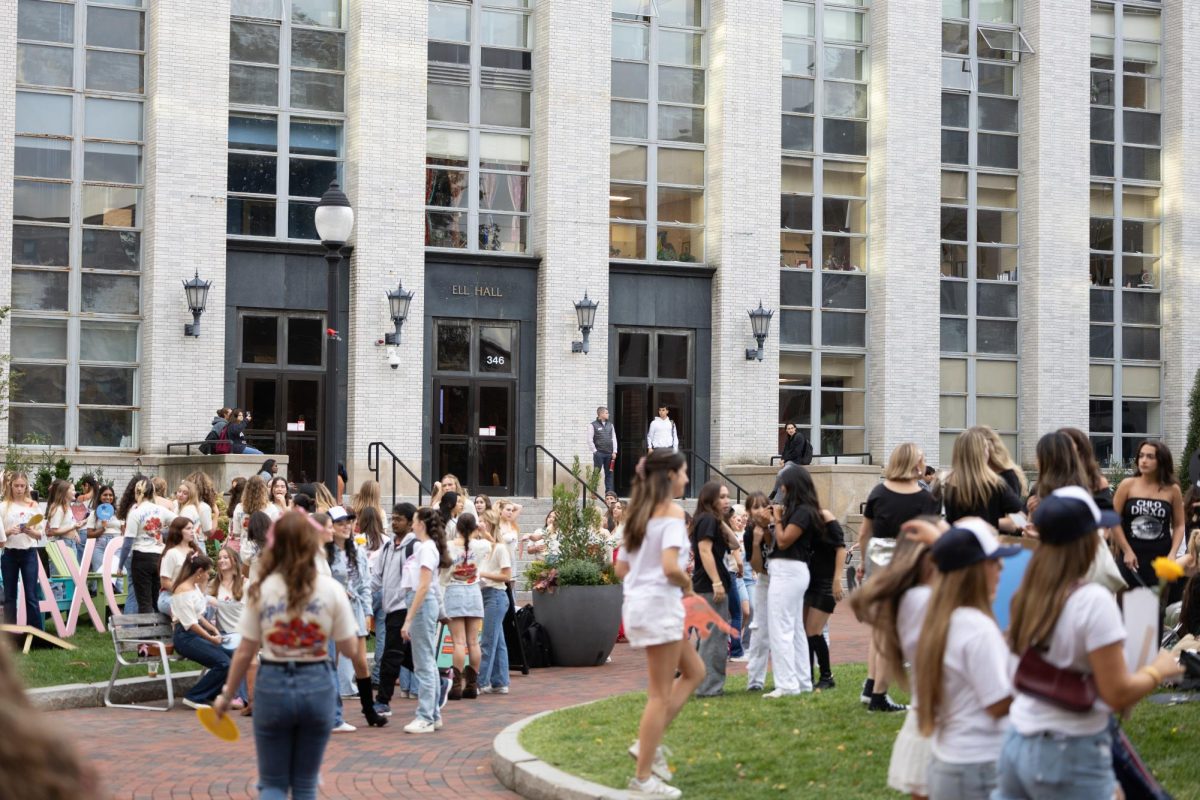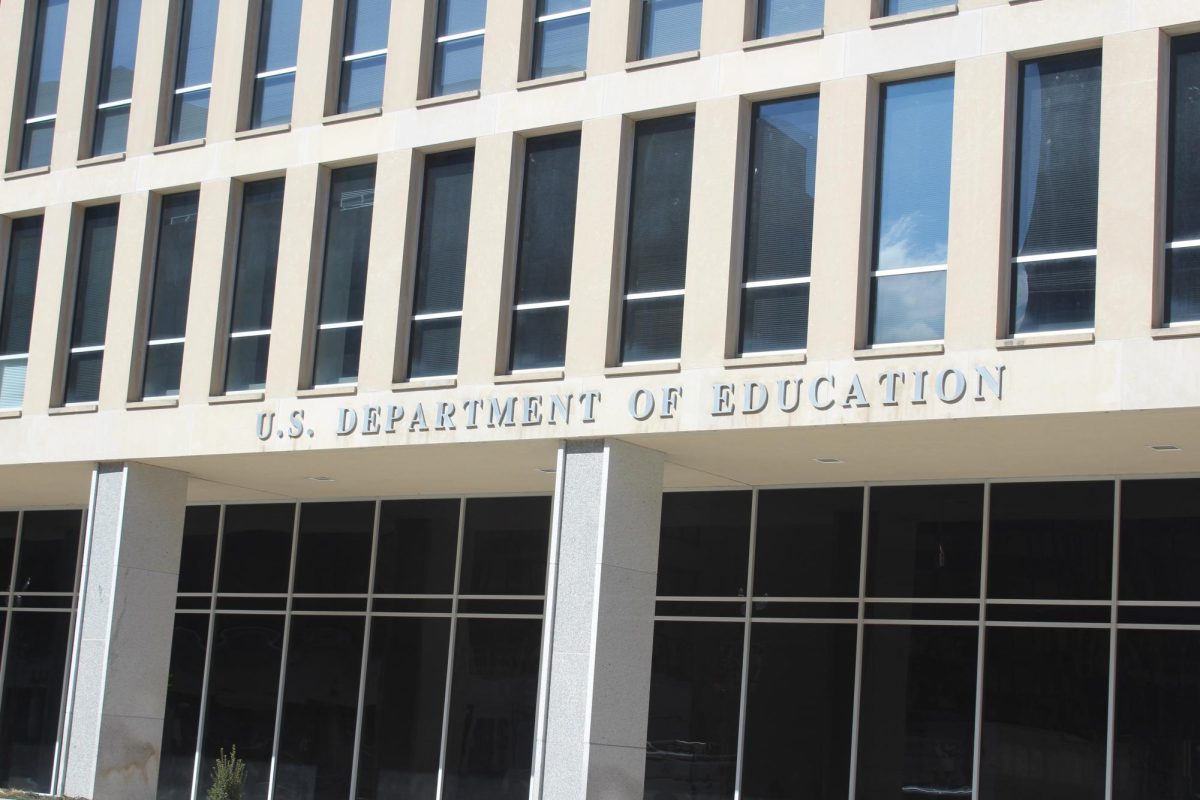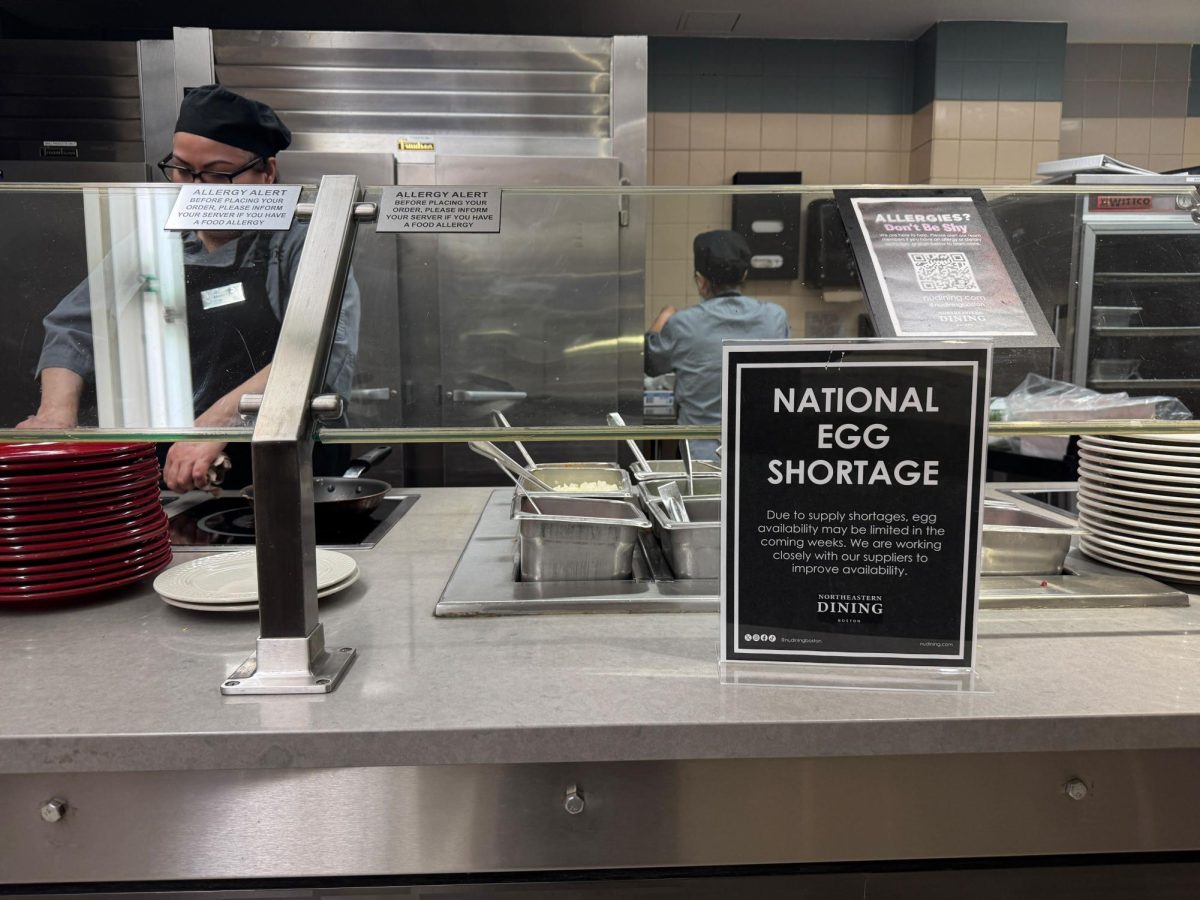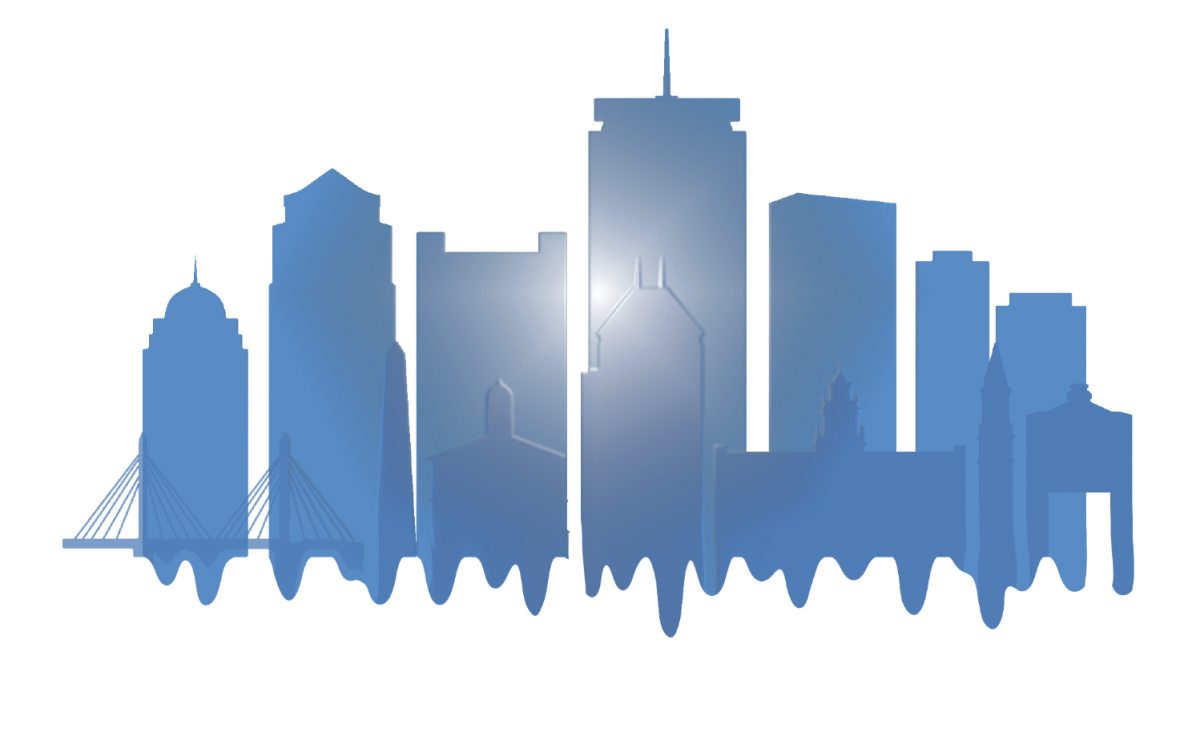At Northeastern, the rioting phenomenon began the night of the Patriots’ Super Bowl victory in 2002.
When Patriots kicker Adam Vinatieri booted his last-second field goal, hundreds of students dashed onto Hemenway Street. They proceeded to flip two cars in a Mardi gras-like atmosphere.
Police and firefighters arrived, but attempts to control the mayhem were not effective.
Many looked at the chaos as a one-time affair, despite the destruction. Two years later, though, students made rioting a Hemenway fixture.
Riots broke out after Boston sports victories in Oct. 2003, Feb. 2004 and twice this past October.
These actions have left some administrators, community members, parents and students wondering what the logic is behind such angry behavior.
“[Rioting] is a fad,” said Jack Levin, director of the university’s Brudnick Center for the Study of Violence and Conflict. “It is not a result of the type of frustration that prior rioting has been. Instead, I would group it more along with other past popular deviant college behavior, like swallowing goldfish in the 1940s or, later, streaking through the library.
“We crack down in so many areas where college students have rebelled. [Rioting is] one of the few places left for them to express themselves.”
On the cusp of another Super Bowl appearance by the Patriots, sophomore pharmacy major Natasha Patel said she felt students were likely to take part in the festive atmosphere.
“I won’t be here, but I know a lot of students who will probably go out and celebrate. That’s just what people in Boston do,” she said.
Celebratory riots like those that follow sports victories are relatively new, Levin said.
“In the early 1990s, riots were mainly in social protest. They came out of frustration, not celebration,” he said. “For college students, they would often be against the Vietnam War in the 1960s, or in response to sold out concerts.”
From a Smith Hall room, a videotape of the Super Bowl riot violence was made in 2002.
The videotape, said Mike Howard, a senior finance and entrepreneurship major, resulted in the more costly violence that would follow.
“I think that video was the direct reason for the second [Patriots] riot,” said Howard, who plans to “get drunk with his friends” during the game. “Once they watched the video, they thought it was OK to do this. They saw the firefighters giving thumbs up to the kids even as they flipped a car, so they knew no one would stop them.”
Levin admitted this generation’s antics are more destructive.
Judith Hall, a social psychologist at Northeastern, said students are more likely to exhibit the violent behavior associated with riots because of the anonymity of a mob.
“In a large crowd, studies have shown that people temporarily lose their sense of a unique identity,” she said. “As a result, they are more likely to lose their inhibition, and react to pressure from the crowd.”
She said the mob takes on its own social norms, ignoring what behavior is deemed acceptable in the larger society.
Howard said Northeastern students have not yet been disconnected from the mob mentality.
“After the first riot, no one was saying that this was something kids weren’t supposed to do, at least not in a visible enough way. Since that didn’t sink in, they knew they could do it again and get away with it,” he said.
The best way to prevent rioters from “getting away with it” is to take away their anonymity, Levin said.
“Right now, students don’t feel anonymous, they feel powerful. The most effective way to stop a riot is to make sure that people are punished if they riot,” Levin said.










